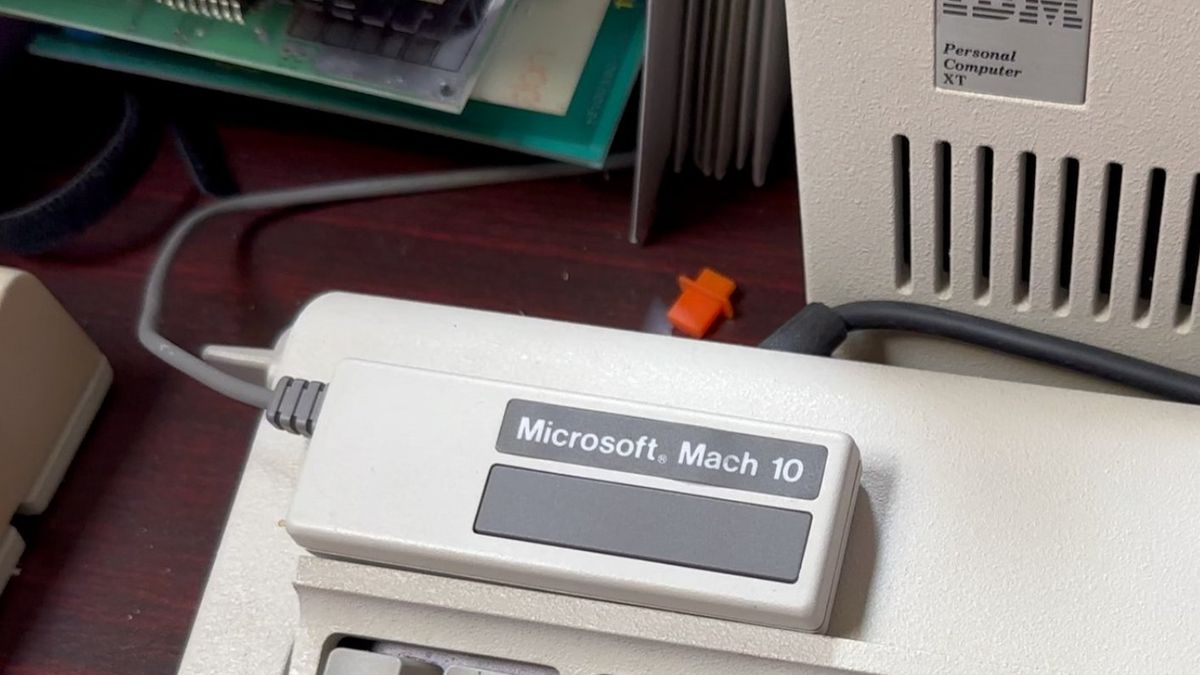Intel has reportedly placed orders with TSMC for its bleeding-edge 2nm-class N2 process technology, according to Economic Daily News. This news comes shortly after AMD officially confirmed its Zen 6 'Venice' server chips, likely the CCDs, will be fabricated using the same node. If the report is accurate, these wafers are likely intended for Intel's Nova Lake lineup of CPUs. While this might put into question 18A's capabilities, Intel officially declared a dual-sourcing strategy for Nova Lake as early as last November.
Nova Lake serves as the successor to Arrow Lake, and is rumored to feature up to 52 hybrid cores (16P+32E+4LPE) segmented into two blocks of eight Coyote Cove P-cores, 16 Arctic Wolf E-cores, with four LPE cores likely in a separate SoC Tile. Rumor has it that Nova Lake will transition to a new LGA1954 socket, meaning existing 800-series motherboards won't be compatible.
We are seeing several architectural jumps here as the expected progression is Lion Cove (ARL/LNL), then Cougar Cove, and Coyote Cove for Performance (P) cores. Similarly, Arctic Wolf is suggested to follow Darkmont, which comes after Skymont (ARL/LNL) for Efficiency (E) cores. With 18A already in risk production, the shift to TSMC is probably driven by capacity needs, rather than performance or yield concerns.
Intel 18A should power some of Intel's most ambitious products in recent history: Clearwater Forest and Diamond Rapids (rumored), the former of which has been delayed to H1 2026 citing packaging concerns. To ease pressure on its 18A production line and prevent delays with consumer products, Intel, under interim CEO Michelle Holthaus, announced outsourcing some Nova Lake dies to partners like TSMC and Samsung.
As insinuated by leaker Kepler on X, high-end Nova Lake products will, allegedly, be built using N2 while 18A will be designated for the lower-end parts. This isn't Intel's first time partnering up with TSMC for CPU production, as the company's latest Arrow Lake CPUs (using N3B, N5P, and N6), Lunar Lake (using N3B and N6), and for GPUs Alchemist (using N6), and Battlemage(using N4) have all leveraged TSMC's process technology. This increases Intel's spending, requiring a careful balance between expediting product launches via external foundries or facing delays with its internal manufacturing.
To some extent, even Arrow Lake is dual-sourced with Arrow Lake-U (for low-power devices) using the Intel 3 process. While Arrow Lake had minimal in-house production, ex-CEO Pat Gelsinger reported that Intel will produce most of Nova Lake internally. Relying on TSMC isn't inherently bad if 18A can land a handful of external customers. Analysts have also suggested Nvidia might be eyeing Intel's nodes for its consumer GPUs in the future. Either way, Nova Lake is slated to be a 2026 product, so we're likely looking at the second half with how Intel launches usually proceed.

 6 months ago
111
6 months ago
111









 English (US) ·
English (US) ·